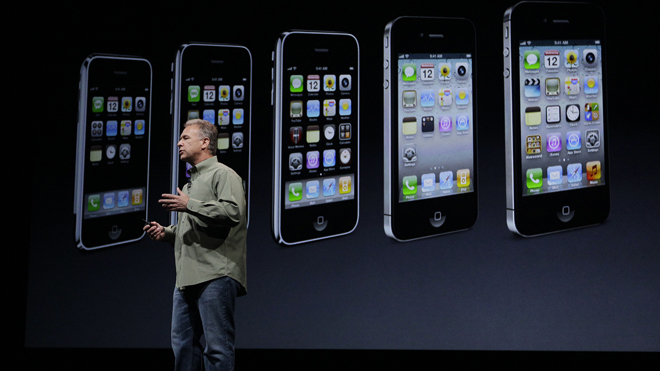Apple iPhone, Android, Backup Appliances, and Backup Software

Who has the largest market share in smartphones: Apple or Samsung? Why would I buy an Apple smartphone versus an Android phone? And what in the heck does that have to do with backup appliances and backup software?
Stay with me for a minute, and I’ll do my best to tie up the loose ends.
Let’s start with the first question. It turns out that worldwide Samsung has 32.6% of the smartphone market while Apple has 16.9% (this is from IDC statistics). Does that mean that Samsung has a better smartphone than Apple?
I don’t think so. If the definition of being “better” is having more market share, then that means that we should be ruled by monopolies and there should be no challengers. I believe “better” is a bit more nuanced than that. Ultimately, “better” is defined by the buyer. A buyer can have rational reasons for believing a smartphone is better (e.g., I like the larger screen resolution of the Samsung Galaxy S3 when compared to the Apple iPhone 5) or irrational reasons for believing a smartphone is better (e.g., I have to have an iPhone 5 because all my friends have one) – but at the end of the day, it comes down to simply what each individual buyer wants.
Marketing companies have fancy phrases and even sometimes acronyms for this – from segmentation to KPC (Key Purchase Criteria) to buyer personas to a million other ways to describe all of this – but at the end, each buyer makes purchasing decisions based on a myriad of factors – some rational, some irrational – that matter to that buyer.
So what in the world does this have to do with backup appliances and backup software? Well – ever since Unitrends released its software-only virtual appliance Unitrends Enterprise Backup™ product, we get asked by some buyers which they should buy – hardware or software. It comes down to the preferences of the buyer. I’ll detail this in my next post.

